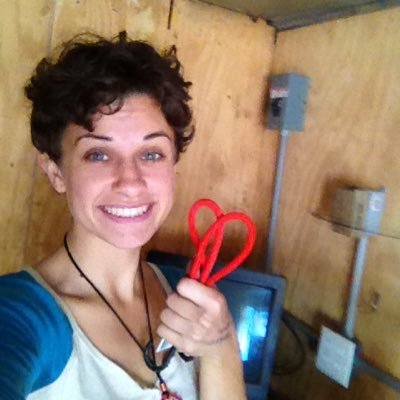
Graduate Students
Tianren Wu
Education: Pursuing Ph.D. in Civil Engineering, August 2016-Present
M.S. Civil Engineering, Purdue University (2016)
B.S. Water Supply and Drainage Engineering, Shenyang Jianzhu University (2013)
Hometown: Shenyang, China
Research: Indoor bioaerosol dynamics is strongly related to the activity patterns of occupants, as the activities of occupants can induce the resuspension and the shedding of biological particles. However, the traditional bioaerosol measurement methods based on cultivation require intensive offline work, thus provide poor time resolution. Now, with the laser-induced fluorescence techniques, we can characterize the bioaerosol in real-time. My research is the characterizing the bioaerosol, and investigating its relation to the occupants’ activities in the indoor environment. Recently, we are conducting real-time measurements of bioaerosol by using a Wideband Integrated Bioaerosol Sensor (WIBS) in a childcare facility to characterize the exposure of infants to the bioaerosol in the near-floor microenvironment. The preliminary data indicate that the bioaerosol concentration is positively correlated to the activity intensity of infants.
Hobbies: Cycling, cooking, and basketball
Research Gate Profile, Twitter: @superman0108
Wenxin Wang

Education: Pursuing Ph.D. in Civil Engineering, August 2016-Present
M.S. Environmental Science, Fudan University (2016)
Hometown: Nanjing, China
Research: My current research is mainly focused on the concentration, size distribution and environmental fate of indoor nanoparticles down to 1 nm under natural ventilation conditions. I am establishing a sample collection system to synchronously measure indoor and outdoor concentrations of sub-3 nm particles, and then to explore their dynamic behavior. Meantime, I also study how to make use of a material-balance model to study indoor particles with using CO2 as a tracer gas for calculating air exchange rates. My past researches include measuring ammonia in the air and its contribution to the formation of secondary inorganic PM2.5, monitoring the chemical components (water soluble ions, volatile and semi-volatile organic species, metallic elements) carried by PM2.5 to assess the eco-toxicity of PM2.5 with bioluminescent bacterial T3, and estimating the source contributions like combustion, gas exhaust and dust of main roads in cities to PM2.5 emission with CMB (chemical mass balance model of EPA). .
Hobbies: Cycling, cooking, and basketball
Danielle Wagner

Education: Pursuing M.S. in Environmental & Ecological Engineering, August 2016-Present
B.S. Biochemistry and B.A. Sociology, University of Florida (2013)
Hometown: Melbourne, Florida
Research: I began graduate school to study engineering to gain a perspective on pollutants from a systematic view, encompassing both environmental and human impacts. I am currently working on a project related to understanding respirable emissions from biomass-fueled cookstoves. This project is largely human-oriented, showing the need to understand not only the built environment and emissions, but also community context. I became interested in environmental pollutants in a previous position at the Environmental Services Analytical Center in Brooklyn College, where I analyzed heavy metals in wallboard and soil. I also had the opportunity to explore bioremediation of hydrocarbons using white rot mushrooms.
Hobbies: I enjoy riding my biking and getting lost in nature.
Research Gate Profile, Linkedin Profile, Twitter: @danwag13
Undergraduate Students
EPICS - Global Air Quality Trekkers (GAQT) Undergraduate Team (15 students), August 2016-Present
Manjie Fu (Biomedical Engineeirng), Undergraduate Researcher & Summer Undergraduate Research Fellow, May 2016-Present
Jin Pan, Tsinghua University Top Open Scholarship Fellow, August-September 2016